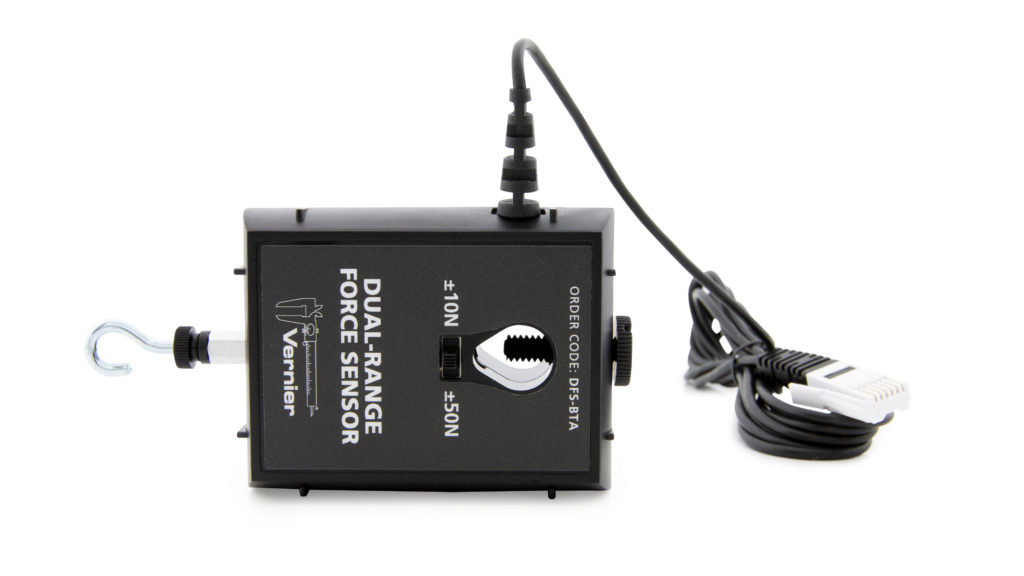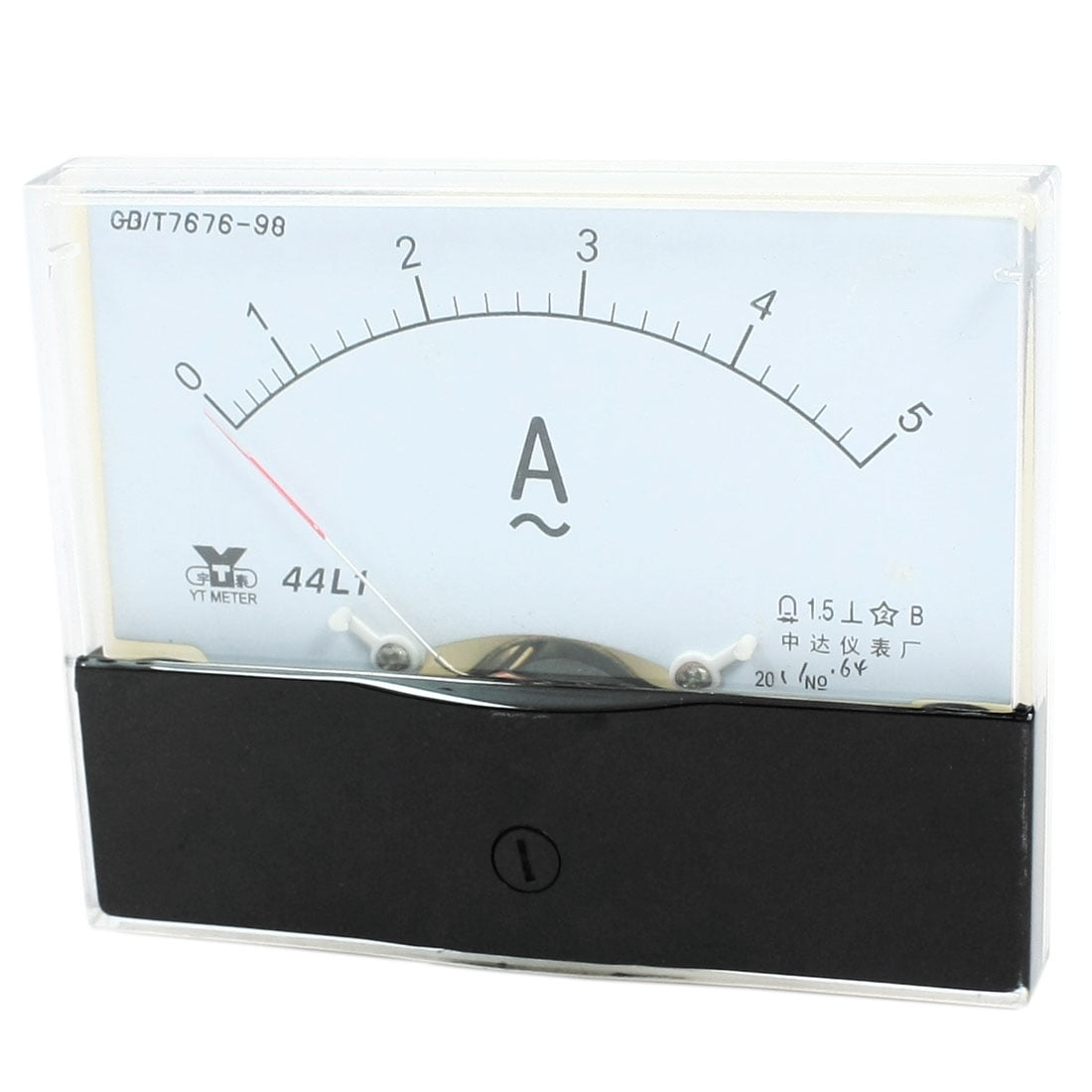The Complete Guide To Vernier Dual Range Force Sensor: Specifications, Pros And Cons, Troubleshooting, And Buying Tips
Vernier Dual Range Force Sensor Information
The Vernier Dual Range Force Sensor is a general-purpose sensor for measuring pushing and pulling forces. It has two ranges: ±10 N and ±50 N, and a resolution of 0.01 N in the ±10 N range and 0.05 N in the ±50 N range. This allows it to measure forces as small as 0.01 N and as large as 50 N.
The sensor is made of a lightweight aluminum body with a strain gauge sensor. The strain gauge sensor measures the bending of a beam as a force is applied to it. This bending changes the resistance of the strain gauge, which is then converted into a voltage signal. The voltage signal is then sent to a Vernier interface or computer for display and analysis.
The sensor can be used in a variety of ways, including:
- As a replacement for a hand-held spring scale
- Mounted horizontally on a dynamics cart to study collisions
- Mounted on a ring-stand to measure forces in a vertical direction
- Mounted on a force table to measure forces in two or three dimensions
- Used in conjunction with other Vernier sensors to collect data for more complex experiments
The sensor comes with a variety of accessories, including:
- A mounting bracket
- A 13 mm rod
- A thumb screw
- A protective case
Specifications
| Range | Resolution | Accuracy |
|---|---|---|
| ±10 N | 0.01 N | ±0.08 N |
| ±50 N | 0.05 N | ±0.30 N |
Features
- Two ranges: ±10 N and ±50 N
- Resolution of 0.01 N in the ±10 N range and 0.05 N in the ±50 N range
- Lightweight aluminum body
- Strain gauge sensor
- Durable protective case
What's in the box
- Vernier Dual Range Force Sensor
- Mounting bracket
- 13 mm rod
- Thumb screw
- Protective case
- Instruction manual
The Vernier Dual Range Force Sensor is a versatile and accurate sensor that can be used in a variety of experiments. It is a valuable tool for students and scientists alike.
Vernier Dual Range Force Sensor Compare with Similar Item
a comparison table of the Vernier Dual Range Force Sensor and two similar products:
| Feature | Vernier Dual Range Force Sensor | Capstone Force Sensor | Pasco Force Sensor |
|---|---|---|---|
| Measuring Range | ±10 N and ±50 N | ±10 N and ±50 N | ±5 N and ±25 N |
| Accuracy | ±0.05 N | ±0.05 N | ±0.05 N |
| Resolution | 0.01 N | 0.01 N | 0.01 N |
| Weight | 40 g | 43 g | 45 g |
| Dimensions | 6.5 cm x 2.5 cm x 2.5 cm | 7 cm x 3 cm x 2.5 cm | 7 cm x 3 cm x 2.5 cm |
| Price | $129.95 | $139.95 | $129.95 |
As you can see, the Vernier Dual Range Force Sensor is very similar to the Capstone Force Sensor and the Pasco Force Sensor. All three sensors have a measuring range of ±10 N and ±50 N, an accuracy of ±0.05 N, and a resolution of 0.01 N. They also have a similar weight and dimensions. The main difference between the three sensors is the price. The Vernier Dual Range Force Sensor is the most expensive, followed by the Capstone Force Sensor and the Pasco Force Sensor.
Ultimately, the best force sensor for you will depend on your budget and your specific needs. If you are looking for a high-quality force sensor with a wide measuring range and good accuracy, then the Vernier Dual Range Force Sensor is a good option. However, if you are on a budget, then the Capstone Force Sensor or the Pasco Force Sensor may be a better choice.
Here are some additional considerations when choosing a force sensor:
- The type of experiments you will be conducting. Some force sensors are better suited for certain types of experiments than others. For example, if you will be conducting experiments involving collisions, then you will need a force sensor with a fast sampling rate.
- The interface you will be using to collect data. Some force sensors are compatible with a wider range of interfaces than others.
- The durability of the force sensor. If you will be using the force sensor in a high-traffic area or with rough students, then you will need a sensor that is durable and can withstand some wear and tear.
Vernier Dual Range Force Sensor Where To Buy
You can buy the Vernier Dual Range Force Sensor from the following retailers:
- Vernier directly. They have the sensor in stock and are currently offering free shipping on orders over $50.

- Walmart. They have the sensor in stock and are currently offering it for $269.99.

- Amazon. They have the sensor in stock and are currently offering it for $279.99.

- Best Buy. They have the sensor in stock and are currently offering it for $289.99.

- Lowes. They do not currently have the sensor in stock, but you can sign up to be notified when it is back in stock.

- Ebay. There are a number of sellers offering the sensor on Ebay. Prices vary, but you can often find it for less than the retail price.

You can also buy spare parts for the Vernier Dual Range Force Sensor from Vernier directly. They have a replacement parts kit that includes all of the small components for 10 sensors.

If you are looking for a more affordable option, you may want to consider a third-party force sensor. There are a number of these sensors available on the market, and they can be significantly cheaper than the Vernier sensor. However, it is important to do your research before purchasing a third-party sensor to make sure that it is compatible with your needs.
Vernier Dual Range Force Sensor Problems and Solutions
some common issues and solutions for the Vernier Dual Range Force Sensor:
Issue: The sensor does not read near zero when no force is applied. Solution: Make sure that the sensor is properly zeroed. To do this, follow these steps:
- Connect the sensor to your computer.
- Open the Vernier software.
- Click on the "Sensors" tab.
- Select the "Dual Range Force Sensor" from the list of sensors.
- Click on the "Zero" button.
Issue: The sensor reads a positive value when pulling, and a negative value when pushing. Solution: This is normal behavior for the Vernier Dual Range Force Sensor. The sensor measures force in terms of newtons, and a positive value indicates that the force is being applied in the direction of the hook, while a negative value indicates that the force is being applied in the opposite direction.
Issue: The difference between the sensor reading with no mass attached and the sensor reading with a 500 g mass attached is not approximately 4.9 N. Solution: This may indicate that the sensor needs to be calibrated. To calibrate the sensor, follow these steps:
- Remove all force from the sensor.
- Place the sensor in the vertical orientation.
- Select the "Calibrate" option in the Vernier software.
- Enter 0 as the first known force.
- Apply a known force to the sensor. The easiest way to do this is to hang a labeled mass from the hook on the end of the sensor. For calibration using the +/-10 N range, use 300 grams of mass (2.94 newtons). For calibration using the +/-50 N range, use a one kilogram mass (9.8 newtons).
- Click on the "Calibrate" button.
Issue: The sensor is not reading the correct value. Solution: If the sensor is not reading the correct value, it may be due to a problem with the sensor itself, the connection between the sensor and the computer, or the software. To troubleshoot this issue, try the following:
- Check the connections between the sensor and the computer. Make sure that the sensor is properly plugged into the USB port on your computer.
- Try using a different USB port on your computer.
- Uninstall and reinstall the Vernier software.
- Contact Vernier technical support for assistance.
I hope this helps! Let me know if you have any other questions.



Comments
Post a Comment